| |
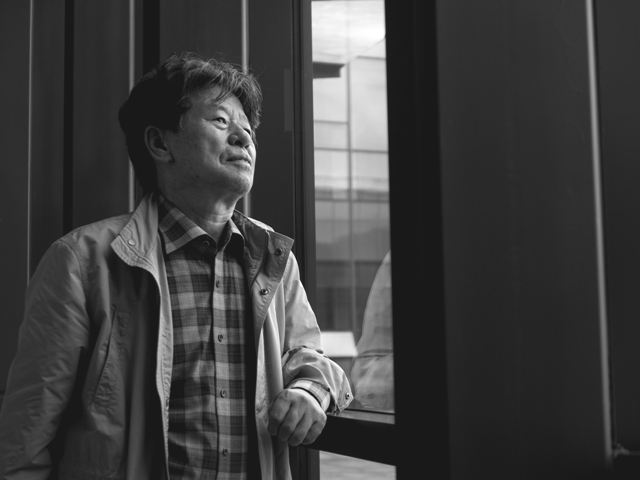 |
|
| ▲ Potter Min Young Gi at Jeju Stone Park. Photo by Olivier Duong |
Koreans are proud of the wave of cultural influence that flows east through the Land of the Morning Calm to the Land of the Rising Sun.
However, the debt that Japanese ceramics owes its Korean antecedent is also cause for pain.
The Imjin War (1592-1598) left deep scars in Joseon-era Korea (1392-1910) as Toyotomi Hideyoshi twice invaded the Peninsula, only to be eventually repelled by the genius of Admiral Yi Sun-Sin.
The victory was somewhat Pyrrhic, as not only were countless Koreans left dead, but the Japanese forces impoverished Korean culture by enslaving tens of thousands of farmers and artisans.
Among the mass were 6,000 of Joseon’s finest potters. The Japanese daimyo (“feudal lords”) took their pick of Korea’s craftsmen and ordered them to reproduce their art in captivity.
| |
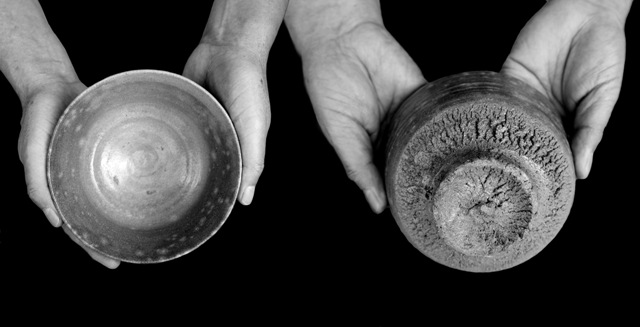 |
|
| ▲ Photo by Olivier Duong |
For three centuries, until the Meiji restoration, their descendants lived in relative privilege in the samurai rank, speaking Korean, wearing topknots and celebrating Chuseok.
"It was a calculated move," said Min Young Gi, a middle-aged pottery artist who speaks with the confidence of a master, yet the humility of an apprentice, at an exhibition of his work at the 500 Generals Gallery, Jeju Stone Park.
The Japanese craft blossomed under Korean tutelage as the captives introduced porcelain and high-temperature ceramic techniques. Korea’s famed earthy and humble style soon became more associated with the kilns at Hagi and Karatsu than anywhere at home.
| |
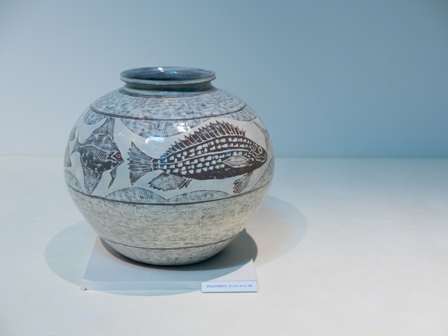 |
|
| ▲ Photo by Olivier Duong |
It was in part to bring this estranged heritage home that Min traveled to the former colonial master to train in teabowl ceramics under masters such as Seizou Hayashiya and Taka Aknuma.
A huge talent, Min is now regarded as their natural heir, and one finally on Korean soil.
Despite his acclaimed prowess, he insists his work is not fit to stand alongside the exquisite work of the Joseon era, which he regards as the height of ceramics history.
"I'm not good enough," he says with the modesty of a true artist, never satisfied in the search for perfection.
Few people now search for such perfection, he says, in a society materially prosperous yet culturally poor. He contrasts this with the materially poor yet culturally rich Joseon, where fine art was widely appreciated.
It was also appreciated from afar, and although papermakers, carpenters, embroiderers and tile makers were also targeted during the Hideyoshi invasions, the Japanese prized potters most of all.
| |
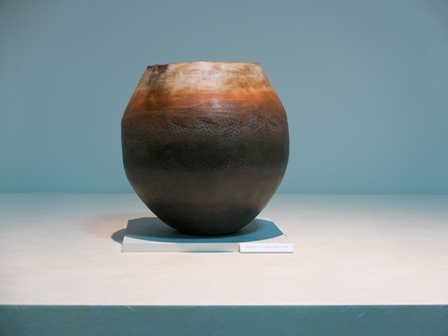 |
|
| ▲ Photo by Olivier Duong |
Although there are few noticeable differences for the uninitiated, when asked what made the Korean style so attractive to the Japanese, Min describes it as "bigger."
From the heart to the hand, from the hand to the pot, Min is not talking of size, but its emotional resonance, soul, aura, that ineffable "thing" that radiates creativity from every curve.
The softly spoken man compares it to Kimchi: you can have it in Japan, but its complex essence is only found in Korea.
Despite the local pride in his work, Min does not feel the weight of legacy upon his shoulders — he only has regret.
The Korean style was at its apogee before the Japanese took away Joseon’s most highly skilled craftsmen. Imagine the poverty of Western art had the vanguard of the Renaissance been removed to foreign lands.
Culture is irreplaceable, and what is lost can never return; Min wonders what might have happened had history run a different course and Korea’s heritage, evolved over thousands of years, not been torn away.
| |
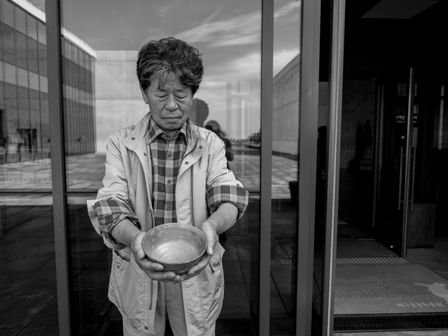 |
|
| ▲ Photo by Olivier Duong |
Nevertheless, the Korean style is finally back in the hands of the Koreans, and Min feels that pottery is his destiny.
He wants to surpass the expert skill of the Japanese usurpers, and even his Joseon forebears, and some say he already has. An unassuming student, he modestly refutes this, preferring his art to “speak for itself” as the witness of history.
As I walked around the Jeju Stone Park 500 Generals Gallery, the pots certainly spoke to me. They said they were the creation of a man ever walking in his destiny. |
























